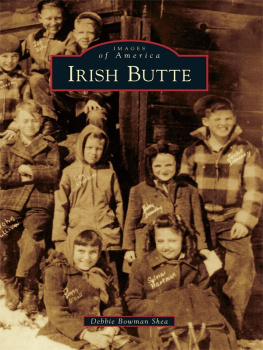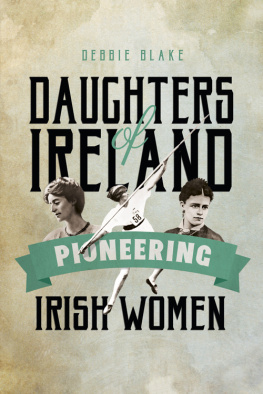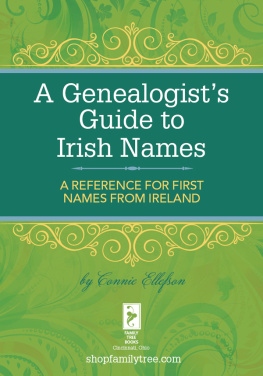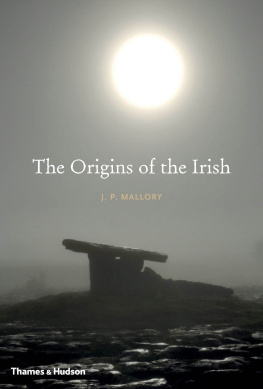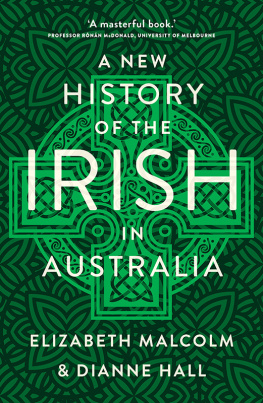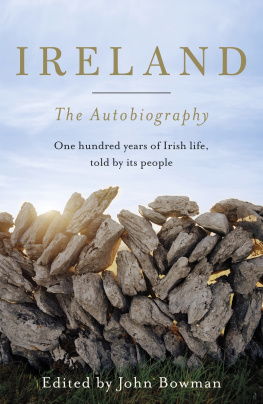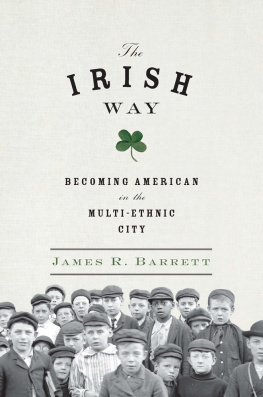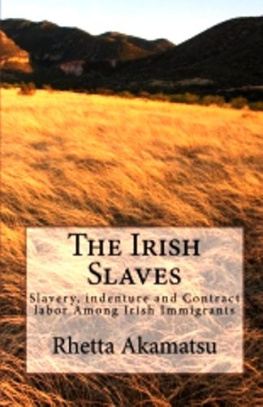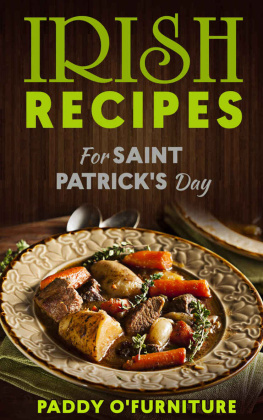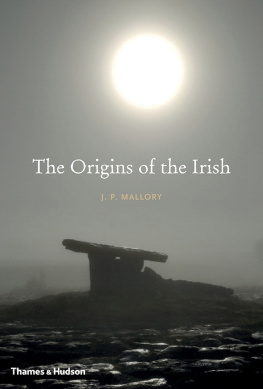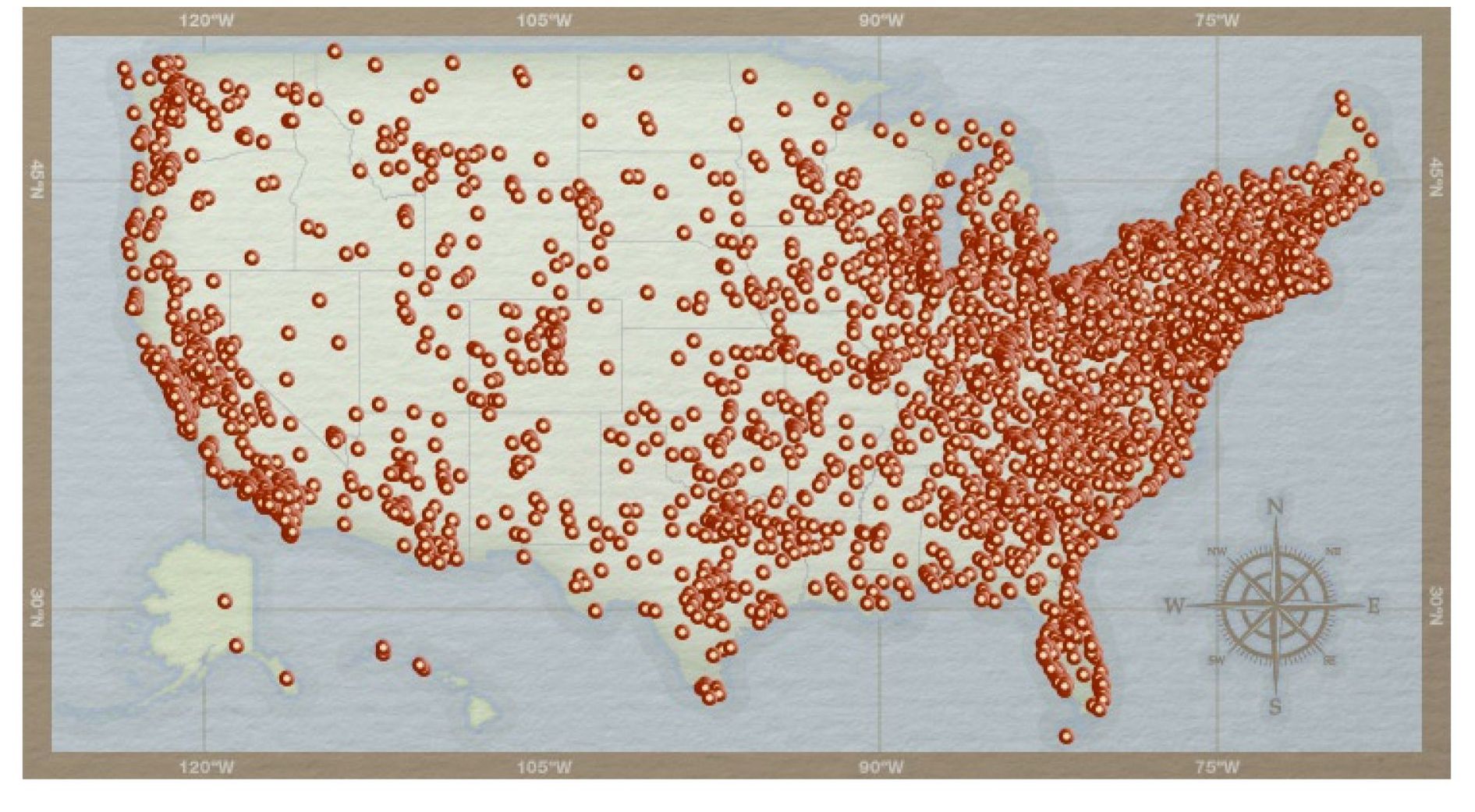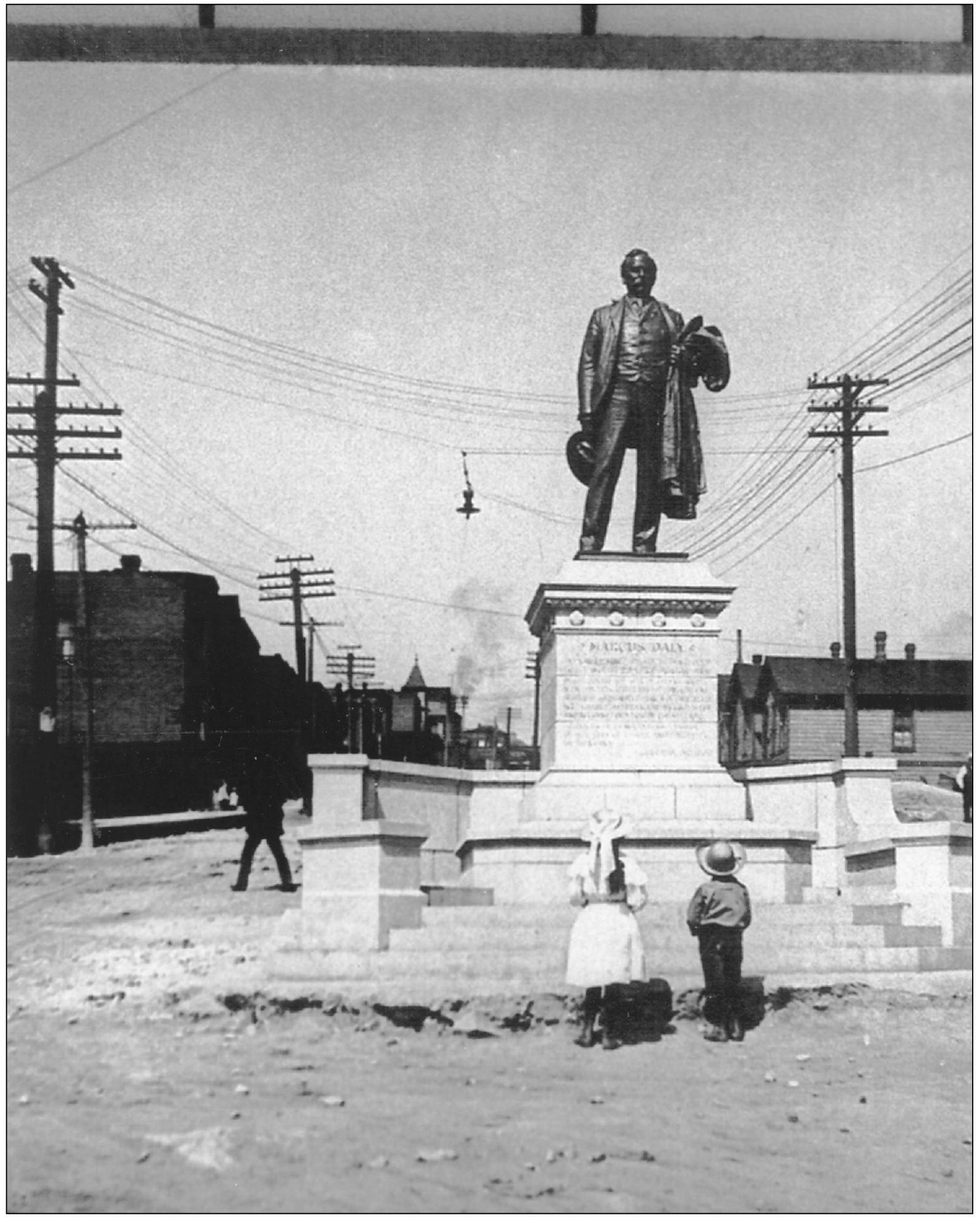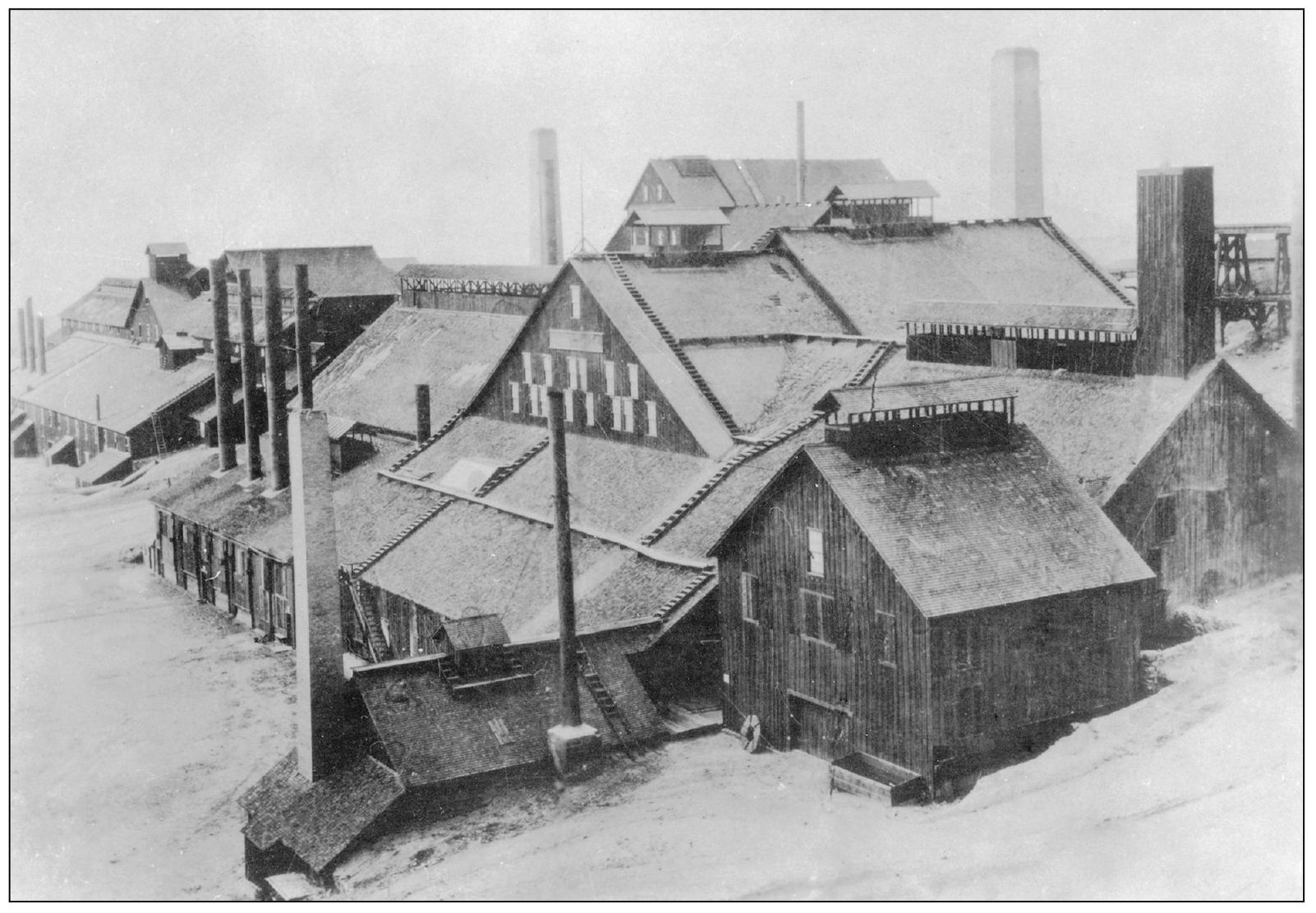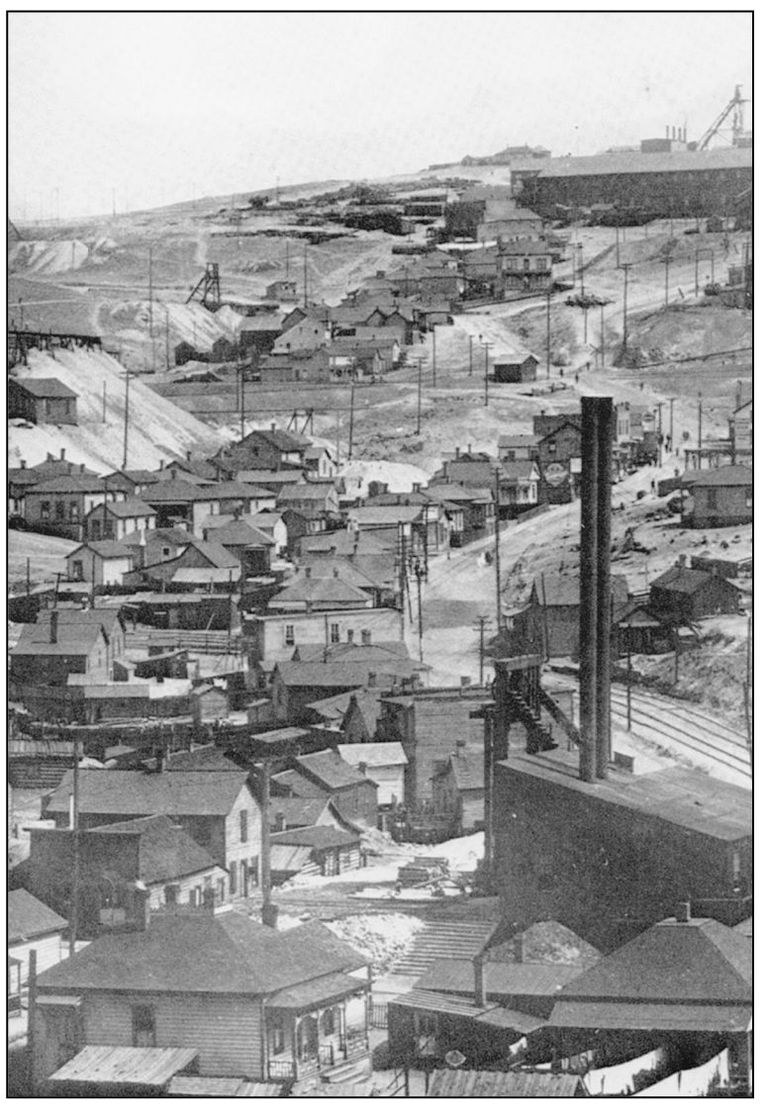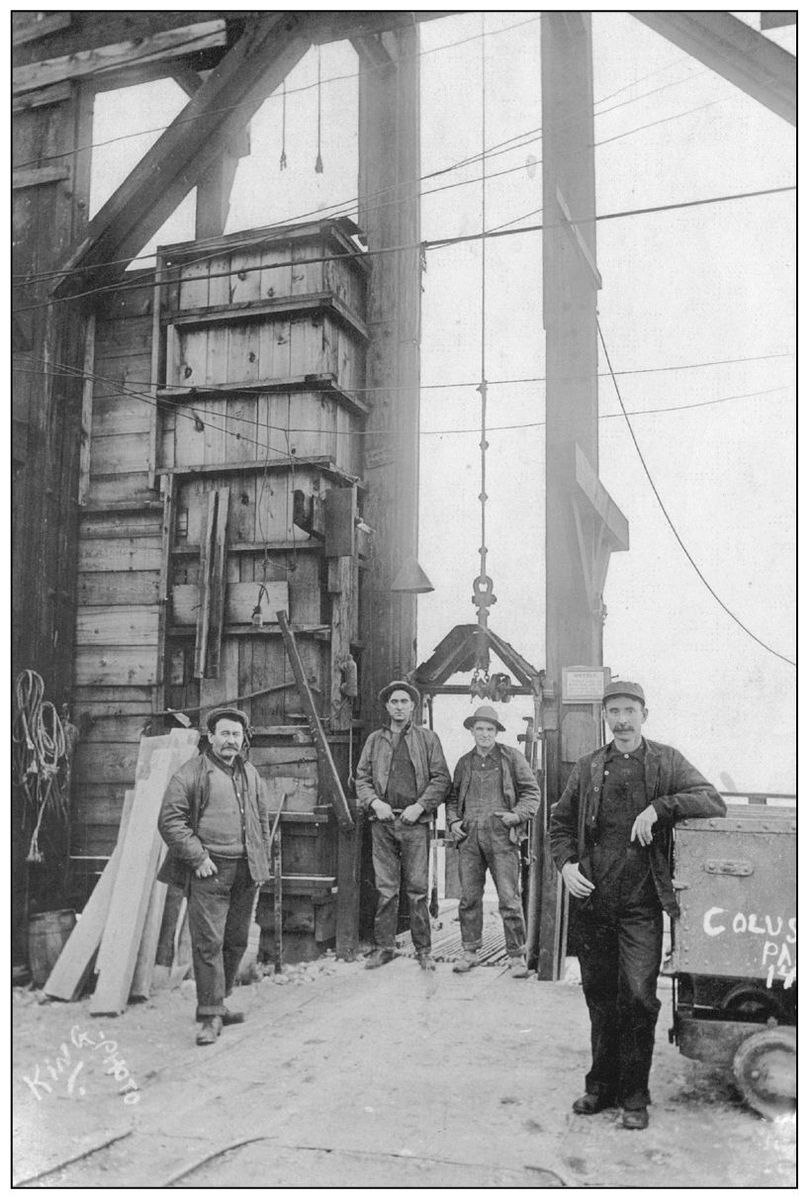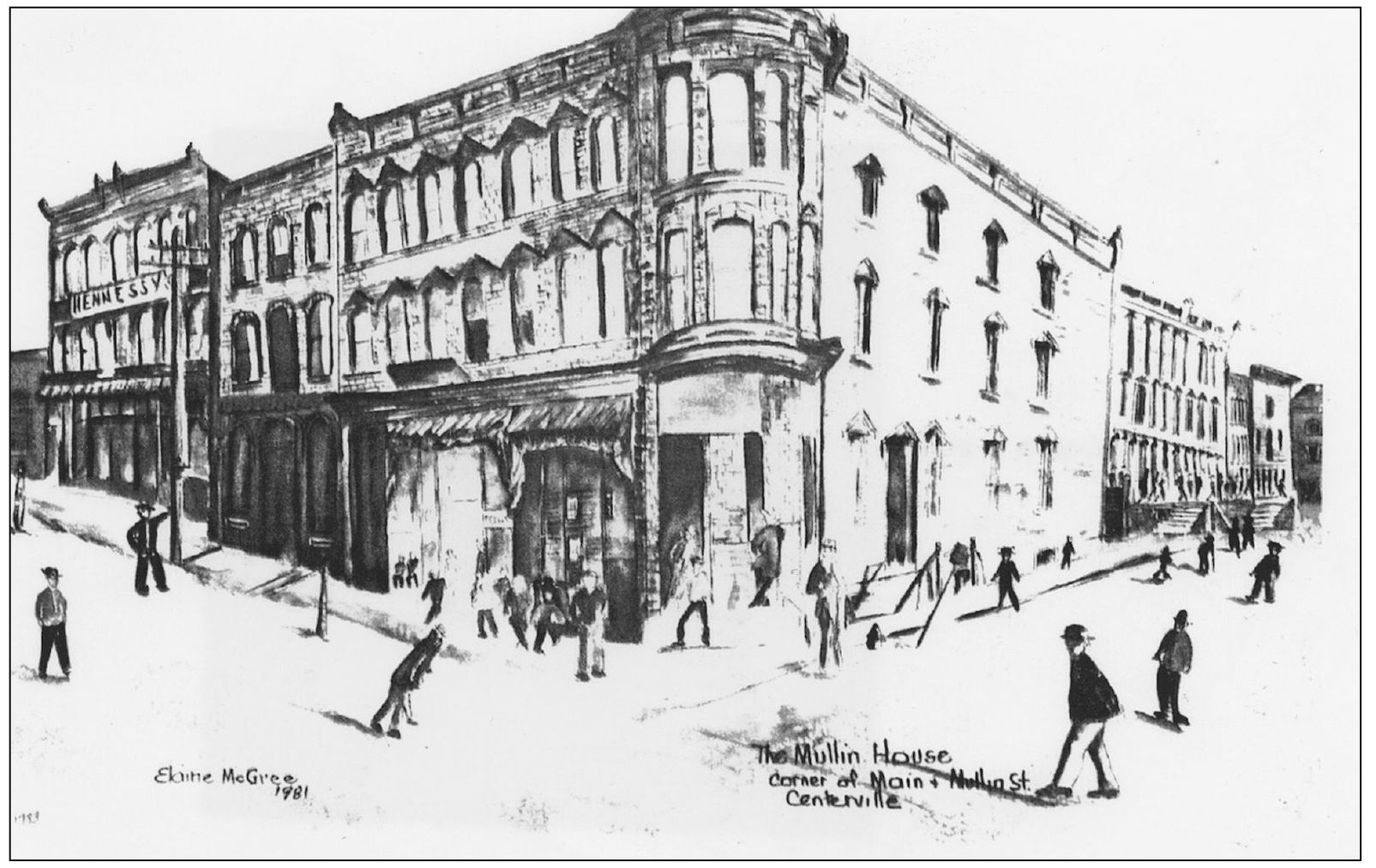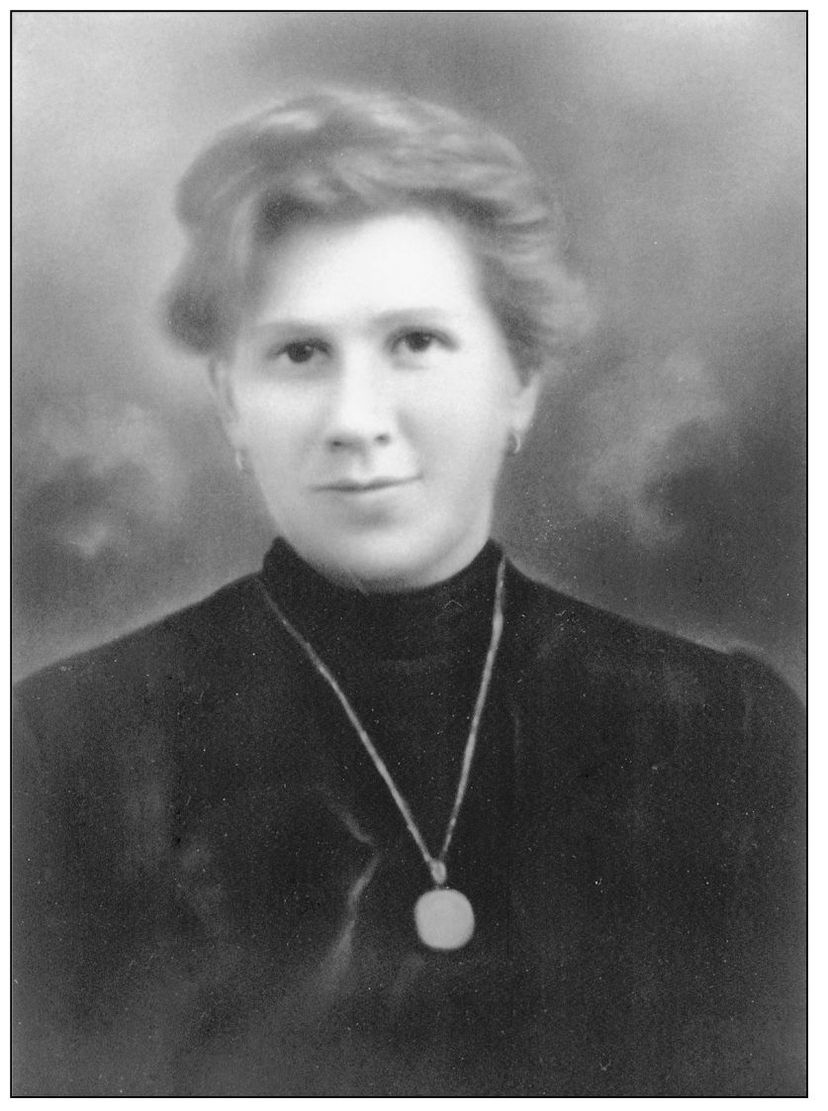One
TOSN NA H- OIDHREACHTA
BEGINNING THE LEGACY
In 1876, twenty years after leaving County Cavan, Ireland, legendary copper king Marcus Daly came to Butte on behalf of the Walker Brothers of Salt Lake City, Utah. With a mission to explore the silver potential of the Alice mine, Daly and his wife, Maggie, moved to Butte and stepped into history. The Irish miner was paid good wages, but the risks of mining were devastating. Almost half of miners killed underground were of Irish ancestry. Along with the dangers of mining came the reality of young Irish widows. Little formal education would challenge these Irish womens ability to keep the home fires burning, but that determined Irish spirit saw most through the worst of times. Many widows became domestics or worked in laundries or stores. For those who struggled to keep their children safe and fed, the Paul Clark Home offered respite. The Catholic Church played a significant role in the life of Butte Irish. Irish priests were sent to oversee the Irish churches that stood proudly among the gallows frames on the hill. Between 1886 and 1921, visits to Butte from Irish nationalist leaders were in abundance. Patriots Eamon de Valera, president of the Provisional Irish Republic; scholar Douglas Hyde, who would serve as Irelands first president; and Mary MacSwiney, sister of Irish martyr Terence MacSwiney, found a city where the Irish language was spoken, Irish dancing and music revered, and Irish Gaelic football played. Those years of immigration and colonization resulted in crowded Irish neighborhoods and explosive times within the mining industry, but the industrial and often rowdy city of Butte was for the Irish to define. Being the first to arrive, the Irish established the character and direction of Butte.
Throughout his lifetime, Marcus Daly was devoted to Ireland and to the Irish of Butte. Marcus Daly died in November 1900, his obituary from the Butte Miner reads: A true empire builder, a friend to his friends, to his enemies remorseless and unforgiving. Daly, a father figure watched over his family, his friends and his employees with a heartfelt benevolence. When he ran the Anaconda Mining Company, he treated his employees better than most corporations of the time. More than any other man, he built the Montana mining industry, he was a true son of Ireland, which he never forgot and helped. (Courtesy of the Butte Silver Bow Archives.)
In 1876, Daly purchased the Alice mine and successfully managed it for the Walker Brothers. The town of Walkerville would spring up around the mine and mill. In 1880, Daly would sell his interest and purchase the Anaconda mine. Daly also founded the town of Anaconda near the smelter he built west of Butte. (Courtesy of the World Museum of Mining.)
With promise of work and good wages, Daly recruited a workforce of Irish to man the mines of Butte. Hearing the call from County Cork to Donegal and from the coal mines of Pennsylvania to the copper mines of Michigan, they came to work the copper mines that spanned the hill. Sisters and brothers, cousins, friends, and strangersall with promise of work and a better lifemoved into Dublin Gulch, Corktown, Centerville, Walkerville, and Muckerville. (Courtesy of Butte Silver Bow Archives.)
John Shea (right) and unidentified fellow workers stop to pose for a picture around 1920 before going underground for the afternoon shift at the Colusa mine. According to Fr. Gregory Burke, it was commonplace for Irish miners to pray the Act of Contrition before going underground and to give thanks to God upon safe return to the surface. (Courtesy of Carol Driscoll Brown and Shelly Hoar.)
Nora and Patrick D. Harrington owned and operated the Mullen boardinghouse right off North Main Street. The Mullen House, shown above, was the largest of Buttes boardinghouses, accommodating 400 single miners, with several miners on different shifts sharing the same bed. (Sketch by Elaine McGree; courtesy of Frank Grady.)
Mary Buckley was born in Macroom, County Cork, Ireland, in 1875 and came to America at 18. Marys maiden name and married surname were the same as she married Mike Buckley, also an immigrant from Macroom. This union produced six children. Mike worked in the mines, and Mary ran and ruled the Buckley boardinghouse on Wyoming Street. She fed and housed 17 to 20 men and provided meals for 30 to 40 others, mostly of Gaelic origin. (Courtesy of Mary Lou Mansanti.)

